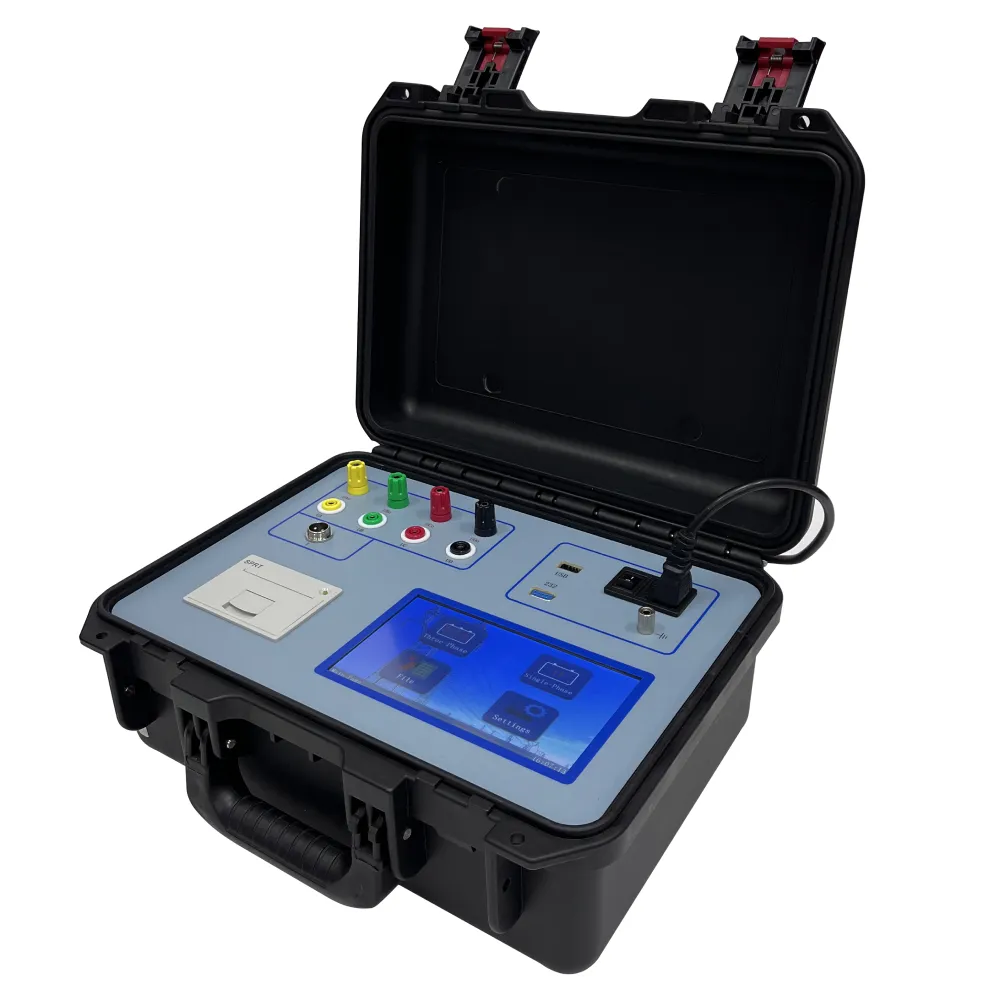 English
English



-
 Afrikaans
Afrikaans -
 Albanian
Albanian -
 Amharic
Amharic -
 Arabic
Arabic -
 Armenian
Armenian -
 Azerbaijani
Azerbaijani -
 Basque
Basque -
 Belarusian
Belarusian -
 Bengali
Bengali -
 Bosnian
Bosnian -
 Bulgarian
Bulgarian -
 Catalan
Catalan -
 Cebuano
Cebuano -
 China
China -
 China (Taiwan)
China (Taiwan) -
 Corsican
Corsican -
 Croatian
Croatian -
 Czech
Czech -
 Danish
Danish -
 Dutch
Dutch -
 English
English -
 Esperanto
Esperanto -
 Estonian
Estonian -
 Finnish
Finnish -
 French
French -
 Frisian
Frisian -
 Galician
Galician -
 Georgian
Georgian -
 German
German -
 Greek
Greek -
 Gujarati
Gujarati -
 Haitian Creole
Haitian Creole -
 hausa
hausa -
 hawaiian
hawaiian -
 Hebrew
Hebrew -
 Hindi
Hindi -
 Miao
Miao -
 Hungarian
Hungarian -
 Icelandic
Icelandic -
 igbo
igbo -
 Indonesian
Indonesian -
 irish
irish -
 Italian
Italian -
 Japanese
Japanese -
 Javanese
Javanese -
 Kannada
Kannada -
 kazakh
kazakh -
 Khmer
Khmer -
 Rwandese
Rwandese -
 Korean
Korean -
 Kurdish
Kurdish -
 Kyrgyz
Kyrgyz -
 Lao
Lao -
 Latin
Latin -
 Latvian
Latvian -
 Lithuanian
Lithuanian -
 Luxembourgish
Luxembourgish -
 Macedonian
Macedonian -
 Malgashi
Malgashi -
 Malay
Malay -
 Malayalam
Malayalam -
 Maltese
Maltese -
 Maori
Maori -
 Marathi
Marathi -
 Mongolian
Mongolian -
 Myanmar
Myanmar -
 Nepali
Nepali -
 Norwegian
Norwegian -
 Norwegian
Norwegian -
 Occitan
Occitan -
 Pashto
Pashto -
 Persian
Persian -
 Polish
Polish -
 Portuguese
Portuguese -
 Punjabi
Punjabi -
 Romanian
Romanian -
 Russian
Russian -
 Samoan
Samoan -
 Scottish Gaelic
Scottish Gaelic -
 Serbian
Serbian -
 Sesotho
Sesotho -
 Shona
Shona -
 Sindhi
Sindhi -
 Sinhala
Sinhala -
 Slovak
Slovak -
 Slovenian
Slovenian -
 Somali
Somali -
 Spanish
Spanish -
 Sundanese
Sundanese -
 Swahili
Swahili -
 Swedish
Swedish -
 Tagalog
Tagalog -
 Tajik
Tajik -
 Tamil
Tamil -
 Tatar
Tatar -
 Telugu
Telugu -
 Thai
Thai -
 Turkish
Turkish -
 Turkmen
Turkmen -
 Ukrainian
Ukrainian -
 Urdu
Urdu -
 Uighur
Uighur -
 Uzbek
Uzbek -
 Vietnamese
Vietnamese -
 Welsh
Welsh -
 Bantu
Bantu -
 Yiddish
Yiddish -
 Yoruba
Yoruba -
 Zulu
Zulu
Instrument for Measuring Oil Viscosity in Various Industrial Applications
Oil Viscosity Measuring Instruments An Overview
Viscosity is a critical property of oils that significantly influences their performance in various applications, from automotive lubricants to industrial machinery. Understanding and measuring the viscosity of oil is essential for ensuring optimal functionality, efficiency, and safety. This article explores the different types of oil viscosity measuring instruments, their working principles, and their importance in various industries.
Understanding Viscosity
Viscosity measures a fluid's resistance to flow. In simpler terms, it indicates how thick or thin a fluid is. Oils with high viscosity are thicker and flow more slowly, while oils with low viscosity are thinner and flow more easily. The viscosity of oils can change significantly with temperature; hence, accurate measurement at the specific temperatures at which the oils are used is vital.
Types of Viscosity Measuring Instruments
There are several types of instruments designed to measure oil viscosity, each utilizing different principles and methodologies
1. Capillary Viscometers These instruments measure the time it takes for a specific volume of oil to flow through a narrow capillary tube under the influence of gravity. The viscosity is calculated based on this flow time, influenced by the oil's density and temperature. Capillary viscometers are commonly used for measuring the viscosity of Newtonian fluids, where the viscosity remains constant regardless of the shear rate applied.
2. Rotational Viscometers Unlike capillary viscometers, rotational viscometers measure viscosity by applying a controlled shear to the oil sample. The instrument consists of a rotating spindle that is immersed in the oil. The force required to maintain a constant rotational speed is measured, providing direct insights into the oil’s viscosity. This type of viscometer is suitable for both Newtonian and non-Newtonian fluids, making it versatile for various applications.
oil viscosity measuring instrument

3. Falling Ball Viscometers These viscometers determine viscosity by measuring the time it takes for a ball to fall through a column of oil. The viscosity is calculated based on the ball's size, density, and the time taken to fall a certain distance. Falling ball viscometers are particularly advantageous for high viscosity fluids and provide a straightforward means of measurement.
4. Ultrasonic Viscometers An innovative approach to measuring viscosity, ultrasonic viscometers utilize high-frequency sound waves. By sending sound waves through the fluid and analyzing the absorption and velocity of the waves, these instruments can provide viscosity measurements. They are typically non-invasive and suitable for a wide range of temperatures and pressures, making them ideal for various industrial applications.
Importance in Industry
The accurate measurement of oil viscosity has profound implications across multiple industries. In the automotive sector, for instance, the viscosity of engine oils directly affects engine performance, fuel efficiency, and overall vehicle longevity. Engineers must ensure that the viscosities of oils meet specific standards for optimal operation, especially in varying temperature conditions.
In the manufacturing and chemical industries, viscosity measurements can influence processes such as mixing, pumping, and thermal conductivity. Ensuring the appropriate viscosity can lead to enhanced product quality and more efficient operations. Additionally, in the food and pharmaceutical industries, viscosity is crucial for product consistency and stability, emphasizing the need for precision in measurement.
Conclusion
Oil viscosity measuring instruments are indispensable tools in ensuring the efficacy and safety of various products and processes. As technology advances, these instruments continue to evolve, providing more accurate, reliable, and faster measurements. Understanding the viscosity of oils and selecting the appropriate measuring instrument can significantly enhance performance across numerous applications, ultimately contributing to innovation and efficiency in many industries.
-
Testing Equipment Industry Sees Major Advancements in 2025: Smart & Precision Technologies Lead the WayNewsJun.06,2025
-
Applications of Direct Current Generators in Renewable Energy SystemsNewsJun.05,2025
-
Hipot Tester Calibration and Accuracy GuidelinesNewsJun.05,2025
-
Digital Circuit Breaker Analyzer Features and BenefitsNewsJun.05,2025
-
Benefits of Real-Time Power Quality Monitoring Devices for Industrial EfficiencyNewsJun.05,2025
-
Earth Fault Loop Testing in High-Rise Building Electrical SystemsNewsJun.05,2025



